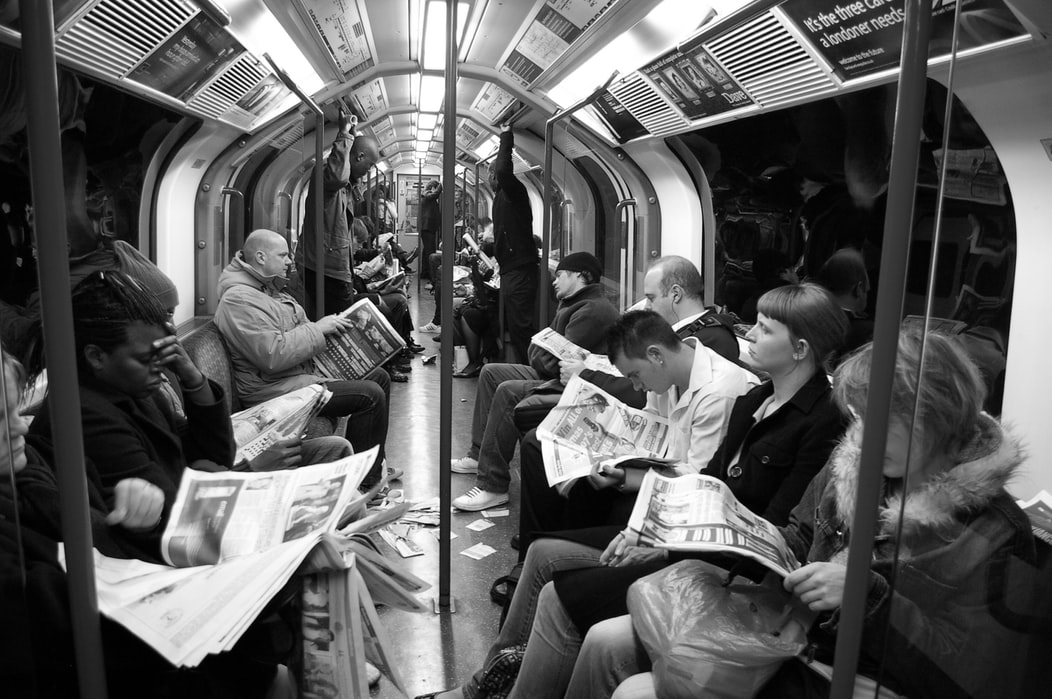When are readers likely to believe a fact-check?
Brookings Institution From the Center

In an era of increasing media consolidation, devastating layoffs, and growing attacks on journalists’ ability to report the verifiable truth, fact-checking journalism stands out as a notable bright spot. As newsrooms contract, fact-checking operations are expanding. In 2019, there were 210 active fact-checking organizations in 68 countries, according to a survey conducted by Duke Reporters’ Lab. Poynter’s International Fact-Checking Network touts more than five dozen fact-checking organizations as verified “signatories” who adhere to a common code of principles. Some fact-checking organizations, like PolitiFact, partner with local newspapers such as the Milwaukee Journal Sentinel to bring fact-checking to local media markets.
Recent research we have done studying fact-checking journalism’s ability to help people become more likely to believe things that are true finds that fact-checks’ effectiveness is based on factors outside of journalists’ control. Instead, the effectiveness of fact-checks depends upon what we knew about an issue before encountering the fact-check (and whether we are willing to admit it if we don’t know much) and whether the story is clearly labeled as a fact-check.
Typically, researchers study political knowledge by assessing whether people know something or not. However, scholars have highlighted the importance of distinguishing between people who are certain about a misperception they hold as compared to those who are uninformed, but unsure, about their belief.
